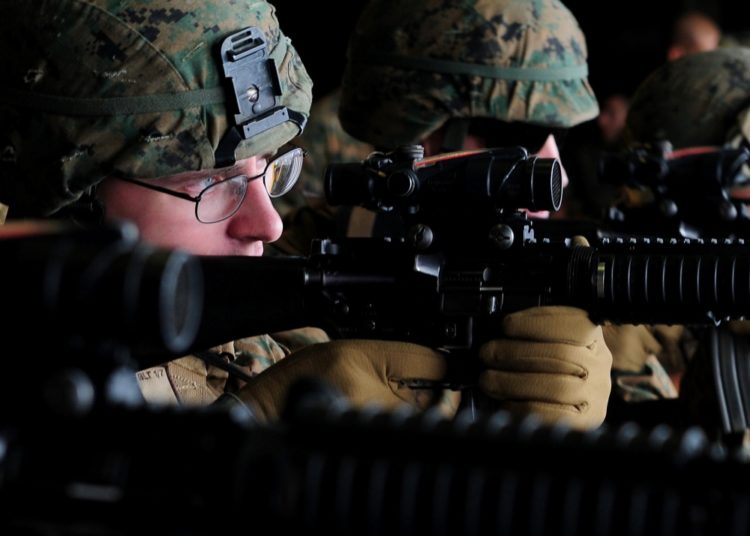The Global SOF Foundation (GSOF) has recently published a video describing the formation and employment of Joint Task Force 510. The Joint Task Force was deployed in 2002 to support Operation Enduring Freedom – Philippines (OEF-P) part of the Global War on Terror.
The Mission Was Targeting the Communist Insurgency and Islamic Terrorist Groups
JTF 510 partnered with the Philippines’ Armed Forces (AFP). AFP has three main service branches: the Army, the Air Force, and the Navy (under which fall the Filipino Marine Corps). The president of the Philippines is also the Commander-in-Chief of the AFP. He structures military policy with the Department of National Defense.
Simultaneously, the Joint Chiefs’ chairman serves as the commander and the highest-ranking officer in the AFP. Military service in the Philipines is entirely voluntary.
JTF 510 supported the Philippines’ Armed Forces (AFP) in their fight against terrorism in the southern Philippines. Additionally, the JTF 510 was responsible for helping create the conditions for peace, stability, and prosperity.
In January 2002, the task force’s deployment began. It involved over 1,200 Special Operations Command Pacific (SOCPAC) members and was headed by Brig. Gen. Donald C. Wurster. SOCPAC’s deployable joint task force HQ, JTF 510, carried out the operation. The majority of the mission took place on the island of Basilan, which, at the time, was a stronghold of the Abu Sayyaf Group.
What Exactly Is a Joint Task Force?
A Joint Task Force Is a multi-service military formation.
The task force concept originated in America with the United States Navy in the 1920s and 1930s. “Combined” is a British-American military term for multinational formations.
There are two different ways in which a U.S. or U.S.-allied task force may be assigned a number. The first way is the originally naval scheme promulgated and governed by the Military Command, Control, Communications, and Computers Executive Board (MC4EB), chaired by the Joint Staff J6.
Taskforce numbers allocated under this scheme form the majority of the listings.
The second way is a byproduct of the U.S. Army’s procedure for forming task-organized forces for combat. It differs from strictly doctrinally assigned table of organization and equipment organizations. Specifically, a battalion, company, or brigade commander has extensive latitude in selecting a task force name, but most often, the commander’s name is used.
Operation Enduring Freedom – Philippines
The video is hosted by Randy Anderson (GSOF) and moderated by Mike Bosco (GSOF). It features LTG Donald Wurster, USAF, Ret., LTG David Fridovich, USA, Ret., and CWO 3, USA, Ret. Donald Sikorski. Wurster was the commander of SOCPAC in 2002. Fridovich headed up the Army Special Operations Task Force (ASOTF) in the Philippines in 2002 and was the commander of SOCPAC in 2005-2006. Sikorski, at the time of the JTF 510 deployment, was an Intelligence Officer with SOCPAC
Already have an account? Sign In
Two ways to continue to read this article.
Subscribe
$1.99
every 4 weeks
- Unlimited access to all articles
- Support independent journalism
- Ad-free reading experience
Subscribe Now
Recurring Monthly. Cancel Anytime.
You can watch the video below:

